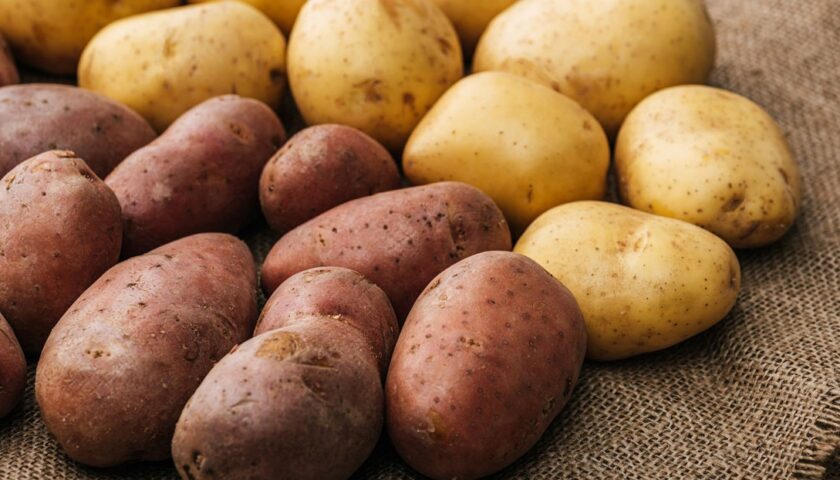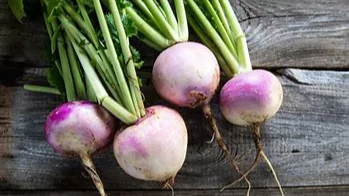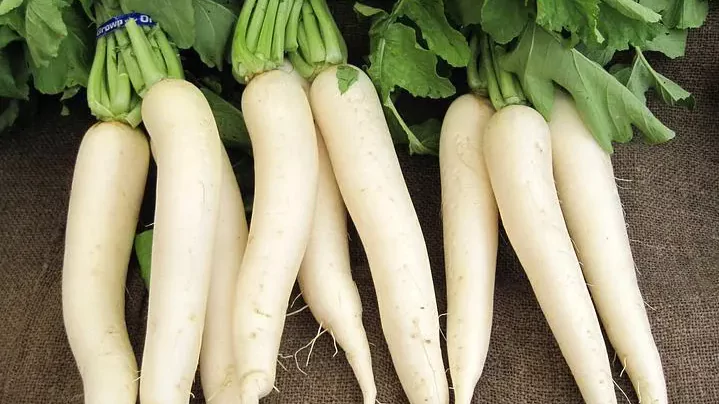About Potato
Potato, (Solanum tuberosum), an annual plant of the nightshade family (Solanaceae), cultivated for its edible starchy tubers. This potato comes from the Peruvian and Bolivian Andes and is one of the world’s most nutritious foods.
Potatoes are often served whole or mashed as a cooked vegetable, and they are mashed into potato flour, which is used in baking and as a flavoring for food. tubers are highly digestible and provide vitamin C, protein, thiamin and niacin.
Different types of potato
Potato is grown in India under different agro-climatic conditions. The variety should improve the agroclimatic conditions and give high yields. Overall, potato growth areas in India could be classified in northern hills, northern plains, oriental hills, plateau region and southern hills. The growth season in the Northern hills is Kharif season with long days.
The plant experiences water stress during the emergence and early stages of growth, while during peak growth it is more susceptible to late blight. Therefore, varieties for this area need to be resistant to late blight, must be able to withstand water stress, can produce well and long days, and the planting time can be between 120 and 150 days. Currently, Kufri Jyoti and Kufri Giriraj are the main varieties in this region.
The Northwestern Plains include the Indo-Gangetic Plains stretching from Punjab in the west to West Bengal in the east. Here, autumn is prime potato season. The duration of the harvest is short at around 100-120 days in the West, but a short spring can also start. In the central and eastern Indo Gangetic plains, the winter season is short and spring crop is invariably not possible.
The potato varieties adapted to the Indo Gangetic plains should be short to medium duration, having moderate resistance to late blight. Now Kufri Jawahar, Kufri Chandramukhi, Kufri Sutlej are recommended for western land while Kufri Bahar, Kufri Anand and Kufri Ashoka are recommended for plain land while Kufri Pukhraj, Kufri Sindhuri and Kufri Ashoka are recommended for eastern land.

In the eastern hills, two crops are grown, i.e. summer and kharif crops. Both crops are short-lived, and kharf crops are prone to mildew. Mildew resistance is important. Currently, Kufri Jyoti and Kufri Megha are the recommended varieties for the region.
In the plains, two crops, kharif and rabi, are practiced in many places. The kharif culture encounters long days, erratic rainfall, hot temperatures, high incidence of alternaria blight and mites. Kufri Jyoti and Kufri Lauvkar are recommended for this season. Short rabi crops and early varieties like Kufri Lauvkar are doing well this season.
Kufri Jyoti also develops during this period. In the south, potatoes are grown in the Nilgiri hills. Three crops are taken. Potato cyst nematode and late blight are local problems. Kufri Jyoti and Kufri Swarna are the recommended varieties for the region.
Potato Health Advantages
May improve blood sugar control
Potatoes contain a special type of starch called resistant starch.
This starch is not broken down and is completely absorbed by the body. Instead, it reaches the large intestine where it becomes a source of food for the beneficial bacteria in your gut.
Research has linked resistant starch to a number of health benefits, including reduced insulin resistance, which, in turn, improves blood sugar control.
In one animal study, mice given resistant starch showed reduced insulin resistance. This means that their bodies work better at removing excess sugar from the blood
A study of people with type 2 diabetes found that eating foods containing resistant starch helped to reduce blood sugar levels after a meal.
In another study, people were given 30 grams of resistant starch per day for four weeks. Scientists found that resistant starch reduced insulin resistance by 33%
Interestingly, you can also be more resistant to the starch content of potatoes. To do this, keep the boiled potatoes in the refrigerator overnight and eat them cold.
Powerhouse of vitamins and minerals
The micronutrients in potatoes will help support the normal functioning of the body. For example, it is rich in vitamin B6 which converts a non-carbohydrate source into a usable form of energy. It is also important in the production of RBC (red blood cells) and neurotransmitters (chemical messengers).
Increases the rate of metabolism
Potatoes are known as a source of antioxidants such as polyphenols. They play an important role in increasing the rate of metabolism, thereby breaking the complex of sugary and high levels. In addition, the resistant starch content also helps the growth of good bacteria, promoting gut health.
Weight management assistance
It is said that the resistant starch in potatoes turns brown once it reaches the intestine, stimulating the tissue. In addition, the high potassium content of potatoes helps prevent water retention, thus contributing effectively to weight loss.
Although there is no recommended level for resistant starch, nutritionists recommend eating at least 10 grams per day, while most people eat only 5 grams.
Can improve digestive health
The resistant starch in potatoes can also improve digestive health.
When resistant starch reaches the large intestine, it becomes food for beneficial bacteria. These bacteria digest it and turn it into short-chain fatty acids
Resistant starch from potatoes is converted to short-chain fatty acid butyrate – a favorite food source for bacteria.
Research has shown that butyrate can reduce inflammation in the colon, strengthen the defenses of the colon and reduce the risk of colorectal cancer.
Also, butyrate can help patients with inflammatory bowel disease, such as Crohn’s disease, ulcerative colitis and diverticulitis.
That said, most of the evidence surrounding butyrate comes from test-tube or animal studies. More human-based research is needed before making recommendations.


